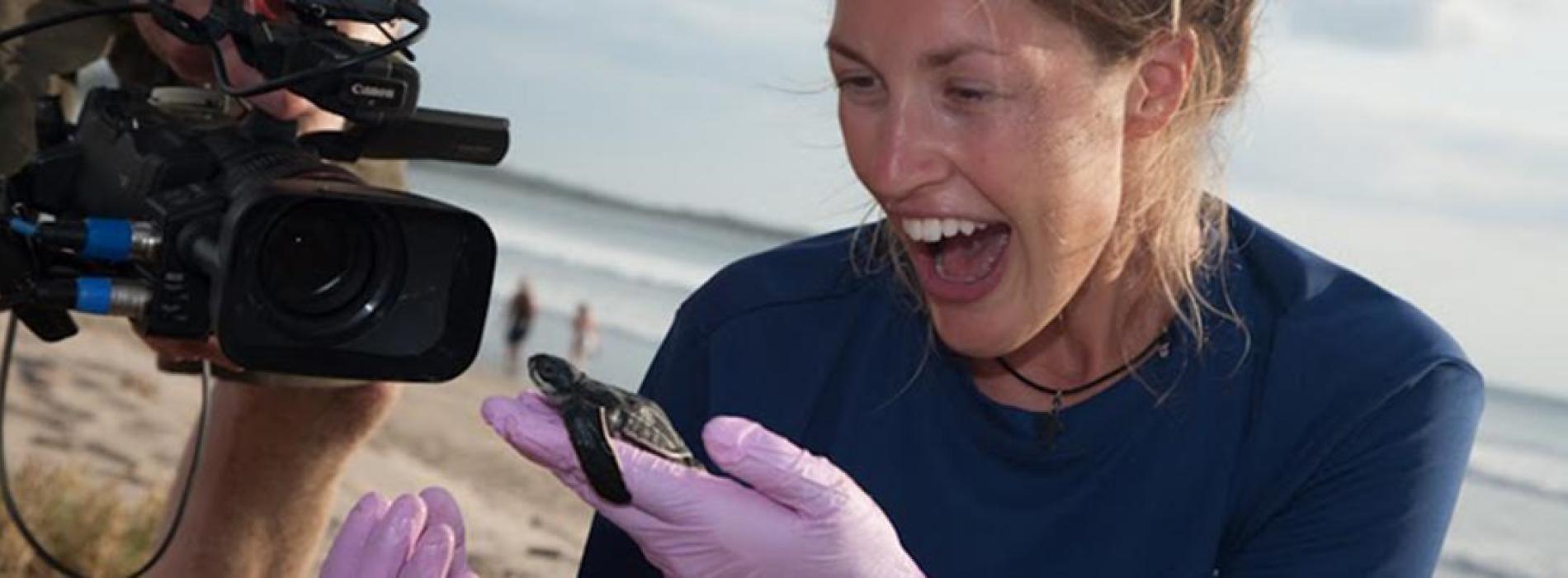
Degree: Ph.D. in Planning, Policy, and Design
Graduated: 2019
What made you decide to pursue a graduate degree?
My undergraduate and master’s degrees are in biology. I worked for many years as a marine biologist. As a marine biologist, my one job was to study turtles. I knew I was lucky to be doing this kind of work, but I couldn’t help wishing that I was studying how people protect turtles. I decided to alter my trajectory. I started by seeking opportunities to include diverse human stakeholders in conservation at the sea turtle research project. I bolstered student biologists’ and our volunteers’ involvement in data collection. To share our research with community members, the project’s leaders created a position for me as our first outreach coordinator. Outside of the research project, I explored the contribution of students to conservation by working as an adjunct professor. Ultimately, I determined that for my work to have a wider impact, I needed a theoretical foundation. Thus, I pursued a PhD.
Why did you choose to come to UCI?
I was very interested in the focus on community engaged scholarship happening at UCI. I had a desire to learn the application of theoretical understandings to help groups working on the ground. I was also intrigued by the Social Ecological model. I found it linked human and environmental impacts in a way that resonated with my experiences as a biologist.
How would you explain your research to others?
I use qualitative and quantitative methods to study urban inequality. I situate my research in urban, neighborhood parks and seek to understand how citizens can participate in decision-making about those parks. Parks are unique in that they have the potential to include diverse stakeholders who use parks for a variety of reasons. However, studies have shown that poor communities and communities of color often lack the largest parks with the best amenities. This means those communities miss out on use of parks for physical, social, and environmental health benefits. However, if citizens participate in decision-making, historically under-served communities may be able to create the parks they deserve.
My data collection strategy emphasizes embeddedness and triangulation. I seek interviews from a variety of perspectives (planners, designers, technicians, park supervisors, and citizen advisory council members) and research techniques (interviews, observations, document analysis, and participant observation). I utilize theories of Environmental Justice and Collaborative Governance to understand my data. I believe findings about participation of diverse stakeholders can improve our public participation processes and increase access to parks. This means more health benefits for everyone. My findings can also be applied to other public services by positioning parks as a model for citizen participation. Next, I seek to extend my research by leveraging parks as spaces for urban conservation interventions
What are your hobbies/passions outside of research?
I love running, crossword puzzles, and spending time with my family while I am researching In Absentia in Minneapolis.
What are you most proud of accomplishing (so far) in your graduate program?
Passing my comprehensive exams has been my proudest moment so far. I struggled to transition from thinking about the world as a biologist to thinking like a social scientist. When ideas about how to research using interpretive methods finally ‘clicked,’ I saw the world in a new way and finally felt like I could fit in as a social scientist. Things continue to ‘click’ in my research and all of these tiny victories feel like something to be proud of.
What do you see yourself doing in five or ten years?
I am going to be saving the Earth in the next 5 years! I hope to work as a teacher. In this capacity will share ideas with students who are passionate about environmental conservation. I want to conduct research and contribute to policies. The output of both endeavors will improve the environment for a community and the plants and animals with whom they are sharing space